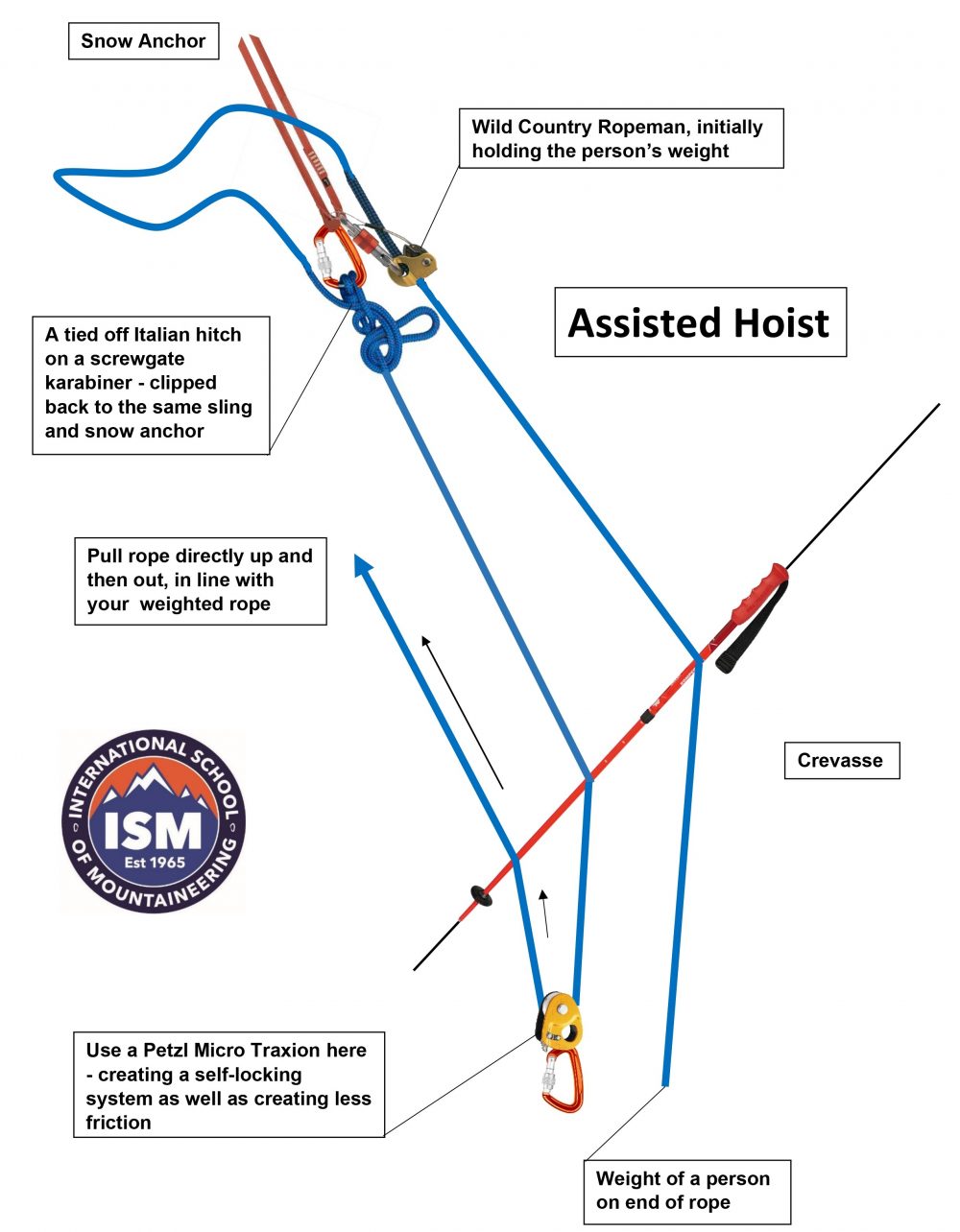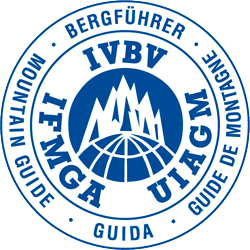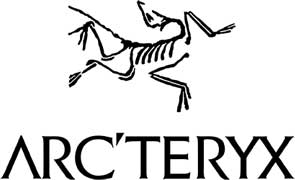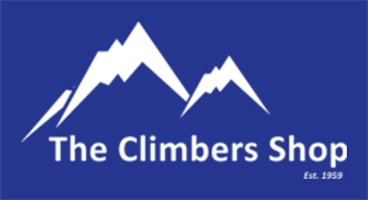Refreshing your Crevasse Rescue and Snow Belay Knowledge - Part 3
Taking a look at the complexities of setting up an assisted hoist, in a crevasse rescue situation.
- As your weight comes onto the buried axe and you’re happy with it, then slowly and steadily, shuffle downhill until all your weight comes onto the snow anchor and as you do this their weight will come off of you. At this point you can then start to take off your coils and unravel the rope so that to can leave the snow belay and go to the edge......

- You can see from the diagram below that the weight of the person down in the crevasse is held by the snow anchor that you’ve constructed.
- The rope is locked, and the persons weight in the crevasse is held through either a Ropeman or a Micro Traxion (a mechanical camming/friction device) – using friction, the mechanical camming device locks the rope being pulled in one direction but when the rope is pulled in the opposite direction, the cam releases and runs freely.
- Now, attach a ‘classic’ prussik to the ‘live rope’ (which is the rope from your snow anchor to the person in the crevasse) and then clip yourself into that prussik - this will protect yourself and the anchor as you walk towards the edge of the crevasse.
- Then with one hand, pick up a strand of unused rope that you were carrying as coils, and then with the other hand, slide the ‘classic’ pussik down the live rope walking towards the crevasse taking that unused strand of rope with you.
- Once at the edge of the crevasse assess the situation - hopefully the person who has fallen into it will have prussik’d up the rope and be near the lip and just need a small amount of help getting over the lip and out. Prussiking up a rope to get out of a crevasse is by far the best and safest way to get out. Hanging from a rope, getting into a position to prussik and then prussiking up a rope is a great skill to practise and can be done at a crag or anywhere you can drop a rope down safely.
- But in this instance, the person that's fallen down into the crevasse needs an ‘assisted hoist’ to simply help them get out of the crevasse again.
- So, walk back to your snow anchor, clip another screwgate karabiner into the end of your sling which already accommodates your Ropeman - pull through some slack through as shown in the diagram, and then tie-off an Italian hitch.
- The Italian hitch is now your fixed point, which if needed to can be released under load e.g., if you needed to change your approach and set up a simple 3:1 pulley system.
- Now walk back to the edge of the crevasse and pad out the lip of the crevasse in some way. If you don’t, the rope acts like a saw and may cut a deep narrow groove into the snow lip, making it then extremely hard to then extract the person out over it. The easiest way to do this is by using either a walking pole or maybe a backpack to wedge under the rope to help prevent against this happening.

- Now, create a loop of rope and clip a Petzl Mircro Traxion into the end of the loop and then clip a screwgate karabiner into the Micro Traxion (seen in the diagram).
Important – the Micro Traxion needs to be attached onto the rope, so that the direction it locks in is correct. The Micro Traxion should lock on the rope, when the persons weight down in the crevasse comes onto the ‘fixed’ rope side of the system i.e., the side of the rope 'fixed' to the snow anchor with a tied-off Italian hitch.
- This means, that when the rope is pulled up by the rescuer, it runs freely through the Micro Traxion, but when released, the Micro Traxion locks onto the rope and holds the persons weight who is in the crevasse.
- Now lower the loop of rope with the Micro Traxion and screwgate karabiner attached, down to the person in the crevasse. Once the person in the crevasse has clipped the screwgate karabiner onto the central loop of their harness and has done up the gate safely, then you’re ready to go.
- The rescuer needs to now pull up any slack in the rope, as it runs through the Micro Traxion and comes tight on the person in the crevasse.
- The person in the crevasse can now help themselves by puling down on the ‘fixed’ side of the rope, whilst kicking into the side of the crevasse with their crampon front points and with their legs try and stand up…this action of kicking in, standing up and then pulling through the rope is in essence, one part of the assisted hoist.
- If the person down in the crevasse is having trouble in understanding which rope to grab and pull down on, then it’s the rope which is moving down towards them, before it goes through the Micro Traxion - they're essentially helping pull the rope through the Micro Traxion in a pull down motion, as the resuer then pulls them up and out.
- The other part of the assisted hoist is the rescuer assisting in this process, by pulling up the rope and helping take some of that person’s weight who is down the crevasse.
- If a break is needed, then all the person in the crevasse needs to do is gently put their weight back onto the ‘fixed’ rope by relaxing their grip of the rope they were pulling down on and siting back in their harness. The rescuer can also relax their hold on the rope until they both decide to go again - The Micro Traxion will only run freely in one direction, locking in the other direction.
- One key point to mention here is that the rescuer must pull the rope ‘up’ directly in line with the ‘fixed’ rope, so not to pull the snow anchor at a different angle and possibly upset the buried axe in the snow. You must also keep your eye on the snow anchor so that you can observe even the slightest of movement and can then stop and do something about it – your snow anchor is THE most important link in the system and so always keep an eye on it!
- Be aware that crevasses have a lip on the edge and if the rope has cut into that edge at all, if you keep pulling and pulling the person will eventually get jammed up against the lip, and what you’re in effect doing is trying to pull them through the lip rather than over it.
- With this in mind be aware where the person is, and as soon as they’re close to the lip top, try to pull them out and around the lip or you may need to carefully dig around the rope to create an exit for them. If you use the adze on your ice axe to dig, be incredibly careful not to hit the tight rope!
- The whole process does need some instruction and coaching, as there as many elements to it, safety issues to consider and a huge amount of judgement needed.
ISM teaches these elements and much more on our Level 1 - Summits & Skills 4000m six-day instructional course, which is a great foundation to summer alpine mountaineering.
If you need a refresher, then also check out our Level 2 – Classic AlpinISM instructional course.
Adrian Nelhams
Related News Articles

ISM Virgin Peaks Expedition 2024 - Tien Shan Kyrgyzstan
ISM trip report of our trip into a very remote part of the Tien Shan Mountains, Kyrgyzstan
Read Article
Getting Into & Developing Your Climbing
Indoor bouldering is a great place to start if you want to try climbing for the first time. You can…
Read Article
ISM Virgin Peaks Expedition 2023 – Tien Shan Kyrgyzstan
ISM trip report of our trip into a very remote part of the Tien Shan Mountains, Kyrgyzstan.
Read Article
Kyrgyzstan Faces 2022
This year ISM celebrated 25yrs of expedition climbing in Kyrgyzstan, with a fantastic trip to the Fergana Range in the…
Read Article



